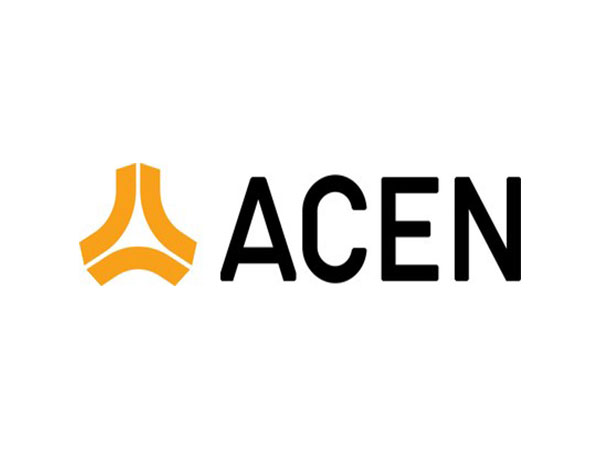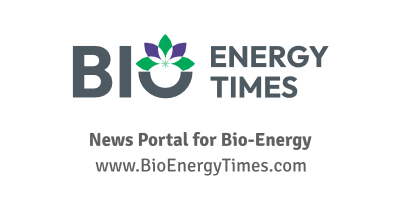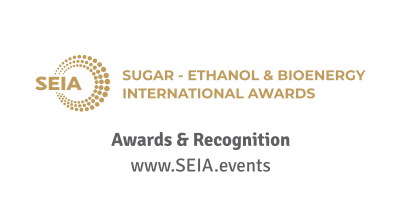What began as a bold concept in 2011 has become a landmark in Asia’s clean energy journey. On August 22, 2025, the Monsoon Wind Power Project officially reached its Commercial Operation Date (COD), making it the first cross-border renewable energy project in Asia. The 600 MW onshore wind farm, now the largest in Southeast Asia, is supplying clean, utility-scale electricity from southern Lao PDR to Vietnam, marking a major step forward for regional energy security, economic cooperation, and the ASEAN Power Grid vision.
Located across Dak Cheung District in Sekong Province and Sanxay District in Attapeu Province, the project features 133 wind turbines positioned along the mountain ridgelines. Backed by over a decade of detailed wind assessments, the turbines harness the region’s consistent wind conditions. The electricity generated is transmitted through four 115 kV substations, stepped up to 500 kV at the project substation, and delivered along a 27-kilometre transmission line to the Lao-Vietnam border. From there, it continues 44 kilometres via Vietnam’s 500 kV transmission system to reach EVN’s Thanh My substation.
The project is expected to produce enough electricity to power more than one million households and offset approximately 1.3 million tonnes of CO₂ emissions annually—equivalent to removing around 7 million cars from the road over its 25-year lifespan.
The Monsoon Wind Power Project was initiated by Impact Electrons Siam (IES) and is developed and operated by Monsoon Wind Power Company Limited, a Lao-incorporated entity. Its international consortium of shareholders includes IES, ACEN (Philippines), BCPG and STP&I (Thailand), Mitsubishi Corporation and its subsidiary Diamond Generating Asia, and SMP Consultation Sole Company Limited (Lao PDR).
With a total investment of US$950 million, the project is financed by a group of prominent international and regional lenders including the Asian Development Bank (ADB, lead arranger), Asian Infrastructure Investment Bank (AIIB), Japan International Cooperation Agency (JICA), Export-Import Bank of Thailand, Hong Kong Mortgage Corporation, Sumitomo Mitsui Banking Corporation, Kasikornbank, and Siam Commercial Bank. PowerChina led construction, and Envision Energy supplied the turbines.
“This is a proud and historic moment for our company, our partners, and the region,” said Nat Hutanuwatr, Managing Director of Monsoon Wind Power. “We overcame technical, logistical, and financial challenges through determination, innovation, and strong collaboration. This project not only delivers renewable energy at scale but also demonstrates how ASEAN countries can work together toward a sustainable future.”
Chairwoman Paradai Suebma added, “Monsoon Wind, 14 years in the making, is a tribute to vision, partnership, and our commitment to sustainability. It’s a model for cross-border clean energy connectivity, and we deeply value the trust of the communities we serve.”
Notably, the project was completed ahead of schedule—construction and full grid connection were achieved in just 27 months without any resettlement, adhering to international best-practice environmental and social safeguards.
Beyond clean energy generation, the project has brought tangible benefits to local communities. Since construction began in March 2023, it has created over 1,600 jobs, with more than 1,000 filled by Lao nationals. A Community Development Fund of US$1.1 million per year supports initiatives in education, healthcare, agriculture, and infrastructure. Programs include scholarships for overseas education, mobile health checkups in remote areas, and coffee farming support, such as seedling distribution and technical training.
The Monsoon Wind Power Project operates under a 25-year Power Purchase Agreement with Vietnam Electricity (EVN) and a 28-year Concession Agreement with the Government of Lao PDR. Over its operating life, it is projected to prevent 32.5 million tonnes of CO₂ emissions—equivalent to planting nearly 59 million trees and letting them grow for 25 years.
By diversifying Laos’ energy mix beyond hydropower and supplying Vietnam with clean electricity, the project directly supports ASEAN’s goals for regional energy integration, while offering a scalable blueprint for clean energy collaboration across borders.














